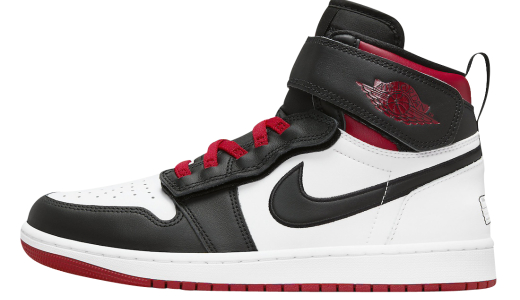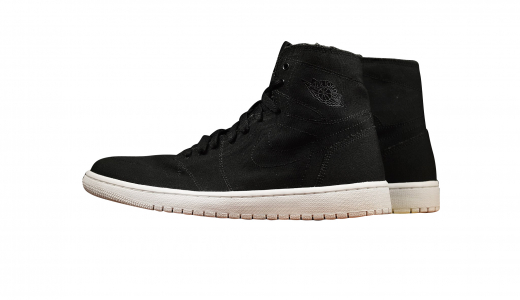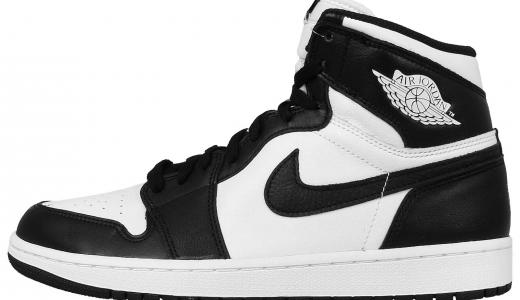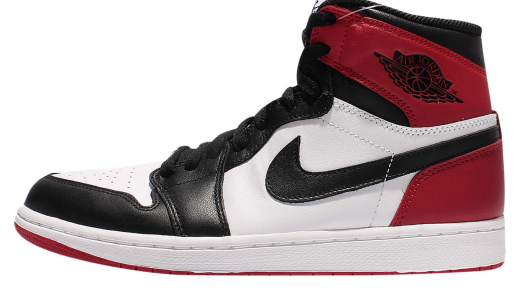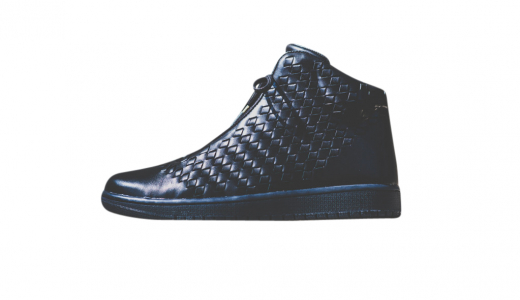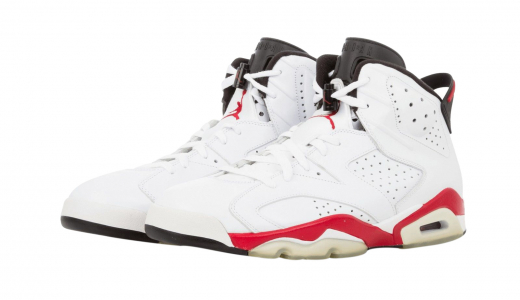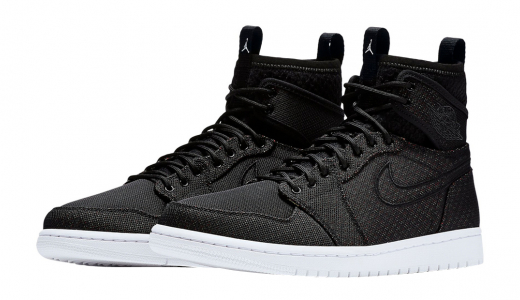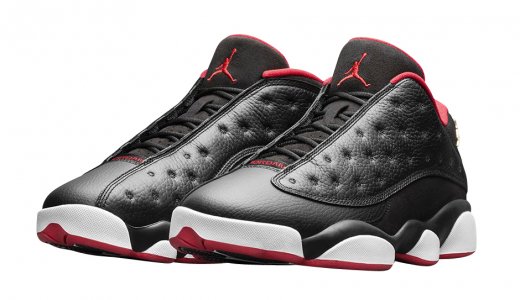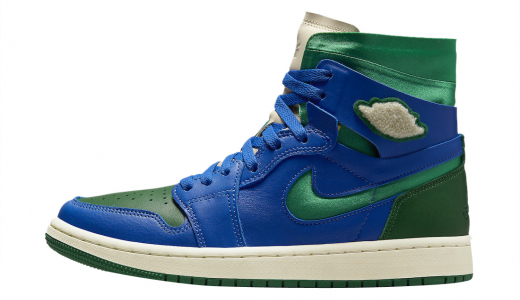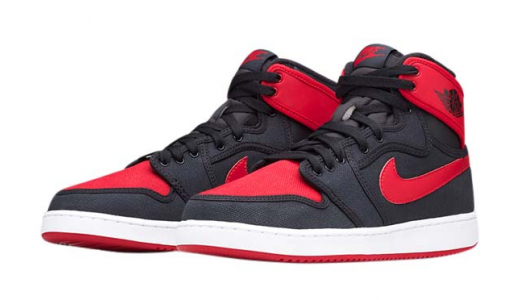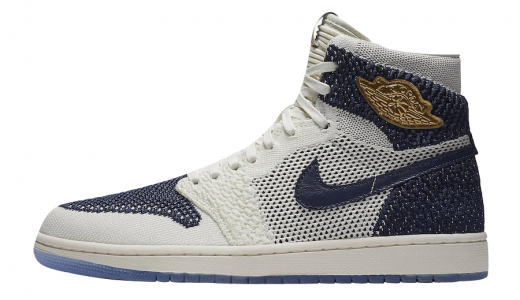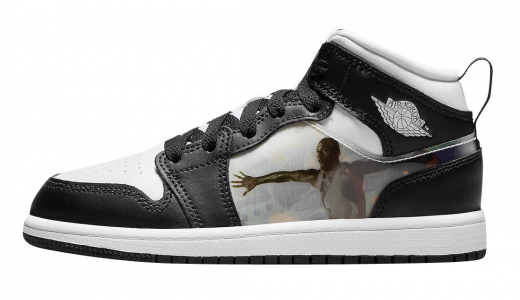Air Jordan
Air Jordan is a line of basketball shoes and athletic apparel produced by Nike, Inc., created for former professional basketball player Michael Jordan. The brand was introduced to the public on April 1, 1985, with the release of the Air Jordan 1. The impact of Air Jordans was immediate and revolutionary, blending high performance athletic footwear with a sense of fashion and identity, both on and off the court. The creation of these iconic shoes marked the beginning of a groundbreaking partnership between Michael Jordan and Nike, with each subsequent release adding to the legend of both the athlete and the brand.
Over the years, Air Jordans have transcended their initial purpose as basketball shoes to become a cultural phenomenon. They are equally prized by sneaker aficionados, fashion-forward individuals, and collectors. The brand has continually evolved, adding new designs and incorporating innovative materials and technology to enhance performance and comfort. Collaborations with artists, designers, and other athletes have also broadened the appeal and reach of Air Jordans. The impact of Air Jordan is evident not just in sales figures, but also in its enduring influence on sneaker culture, fashion trends, and even street art.
History of Air Jordan
The history of Air Jordan is a fascinating chronicle that intertwines the worlds of sports, fashion, and culture. Air Jordan, a subsidiary brand of Nike, Inc., was created for the iconic basketball player Michael Jordan. It revolutionized not only the sneaker industry but also set a precedent in the marketing and commodification of athletes.
---
Genesis: The Birth of an Icon (1984-1985)
In 1984, Nike was struggling to solidify its position in the basketball shoe industry. Converse was the go-to brand for NBA players, and Nike was predominantly known for running shoes. Enter Michael Jeffrey Jordan, a promising rookie from the University of North Carolina. Recognizing his potential not only on the court but also as a marketable figure, Nike signed Jordan to an endorsement deal worth $2.5 million over five years—an astronomical sum at that time.
Air Jordan I: The Launch of a Dynasty
In 1985, the first Air Jordan sneaker was introduced to the market. Designed by Peter Moore, the Air Jordan I defied conventional basketball shoe designs. Its bold black and red colorway directly contradicted the NBA's uniformity regulations, leading to a fine for every game Jordan wore them. Nike capitalized on this, marketing the sneakers as "banned," which only fueled public interest. With a blend of innovative design and rebellious marketing, the Air Jordan I sold $126 million in its first year.
Spreading Wings: The Success Continues (1986-1990)
Following the success of the Air Jordan I, Nike introduced the Air Jordan II in 1986. Designed by Bruce Kilgore, the sneaker was crafted in Italy and featured luxury elements like faux-lizard skin and a sleek design that lacked the iconic Nike Swoosh. While not as commercially successful as its predecessor, it laid the groundwork for future designs.
Then came Tinker Hatfield, a maverick designer who would redefine the Air Jordan line. The Air Jordan III (1988) is often credited with saving Nike's Jordan partnership. The sneaker featured elephant print, visible Air cushioning, and introduced the Jumpman logo. Accompanied by a groundbreaking ad campaign starring Spike Lee, the Air Jordan III was an immense success.
The Air Jordan IV (1989) continued the momentum with its mesh side panels and exposed forefoot air unit. It was the first to be released globally, cementing Air Jordan's international appeal. By the time the Air Jordan V was introduced in 1990, featuring reflective 3M tongues and a translucent rubber sole, Michael Jordan had already secured his first NBA MVP award, further catalyzing the brand's success.
The Golden Era: Championships and Cultural Ascendance (1991-1998)
This period is widely regarded as the golden era of both Michael Jordan's career and the Air Jordan line. It started with the Air Jordan VI in 1991, the sneakers Jordan was wearing when he won his first NBA Championship. Designed once again by Tinker Hatfield, the Air Jordan VI featured a reinforced toe, a translucent sole, and a heel tab to prevent blistering.
Following this, the Air Jordan VII (1992) accompanied Jordan for his second championship and his stint with the Dream Team at the Barcelona Olympics. The sneakers boasted a neoprene sleeve for a snug fit and tribal art-inspired accents.
The Air Jordan VIII (1993) was released during Jordan's first three-peat. It was heavier and had a strapped design for added support. This was followed by the IX (1994), which Jordan never wore in an NBA game due to his first retirement to play baseball. Interestingly, the sneakers’ outsole featured various symbols and languages, reflecting Jordan's global influence.
The Air Jordan X (1995) celebrated Jordan’s career milestones inscribed on its outsole. However, it was the Air Jordan XI (1996) that truly took the world by storm. Featuring patent leather for the first time, this sneaker was both a performance beast and a fashion statement. Jordan wore them when he led the Bulls to a 72-10 season and his fourth NBA title. Famously featured in the movie "Space Jam," they achieved legendary status.
This era continued with the XII (1997), inspired by the Japanese Rising Sun flag and a women’s dress shoe, and the XIII (1998), known for its holographic "panther eye" and paw-like outsole. Both accompanied Jordan to his fifth and sixth NBA championships, respectively.
Jordan’s Second Retirement: A Paradigm Shift (1999-2004)
Michael Jordan's second retirement in 1999 posed a significant question: Could the Air Jordan brand thrive without its namesake’s on-court brilliance? The XIV (1999), inspired by Jordan’s Ferrari 550 M, was the last model he wore as a Chicago Bull during his famous "Last Shot" against the Utah Jazz.
Post-retirement, the XV (2000), XVI (2001), and XVII (2002) saw Hatfield push innovative boundaries further, integrating sleek designs with elements such as removable gaiters and briefcase packaging. While these models had mixed reviews, they maintained a passionate following.
Jordan's return to the NBA in 2001 with the Washington Wizards saw him showcase the Air Jordan XVIII (2003), inspired by Italian race cars, and the XIX (2004), noted for its tech-savvy braided sleeve.
The Brand Takes Flight: Jordan Brand Subsidiary (1997-Present)
In 1997, Nike officially launched Jordan Brand as a subsidiary, extending its portfolio beyond just sneakers to include apparel and other footwear lines. This move solidified Michael Jordan’s business acumen and established the brand as a juggernaut in the athletic world.
The XX (2005), celebrated the brand's 20th anniversary with laser-etched storytelling, while the XX1 (2006) and XX2 (2007) each continued to push the envelope in design and technology. The XXI featured customizable cushioning, and the XX2 borrowed design cues from fighter jets.
Global Icons and Retros: The Later Years (2008-2020)
Moving into the next decade, Jordan Brand continued to blend technology with storytelling. The XX3 (2008) was especially notable, often regarded as one of the best designs due to its environmental consciousness and premier craftsmanship.
The XX8 (2013), marked by its radical shroud design, and the XXX (2016), celebrating the 30th anniversary, maintained the blend of high performance and deep storytelling. Players like Russell Westbrook, Carmelo Anthony, and Chris Paul started to receive their signature Jordan lines, further diversifying the brand's portfolio.
Meanwhile, retro releases of classic models tapped into nostalgia, particularly popular among sneaker enthusiasts and collectors. By re-releasing iconic sneakers with modern tweaks, Jordan Brand managed to appeal to both old fans and a new generation of sneakerheads.
The Cultural Impact: Beyond Basketball
Air Jordans have transcended the basketball court to become cultural icons. Endorsed by hip-hop legends, skaters, and fashion designers alike, these sneakers epitomize a bridge between sport and lifestyle. Collaborations with fashion houses like Off-White’s Virgil Abloh and artists like Travis Scott have kept the brand culturally relevant, often resulting in releases that sell out within minutes.
Modern Innovations and Sustainability Goals (2021-Present)
As we enter the 2020s, Jordan Brand continues to innovate while addressing the modern consumer's sensibilities, such as sustainability. The Air Jordan XXXV (2020) and XXXVI (2021) incorporate the latest in Nike’s performance technology, ensuring that elite athletes continue to depend upon the brand for competitive excellence.
Additionally, with sustainability becoming a crucial focus, Jordan Brand has committed to reducing its carbon footprint. Future releases increasingly incorporate recycled materials and eco-friendly practices, aligning with Nike's broader Move to Zero initiative.
Reflecting on Legacy: MJ's Everlasting Influence
Michael Jordan's last game may have been in 2003, but his influence on the sport and culture remains undiminished. The Air Jordan line reflects Jordan’s journey from a promising rookie to a global icon, capturing moments of triumph and personal expression.
In many ways, the evolution of Air Jordans mirrors societal changes: the sneakers have witnessed the rise of digital media, the globalization of culture, and the increasing intersection of sports with technology and fashion. From their rebellious inception with the "banned" Air Jordan I to today’s eco-conscious designs, Air Jordans epitomize innovation and the enduring allure of greatness.
---
In summary, the history of Air Jordans is not just about sneakers but about a transformative brand rooted in revolutionary design, impactful storytelling, and, above all, the enduring legacy of Michael Jordan. With every release, the Air Jordan line continues to capture the imagination, transcending its athletic origins to become a symbol of aspiration, excellence, and cultural audacity.


